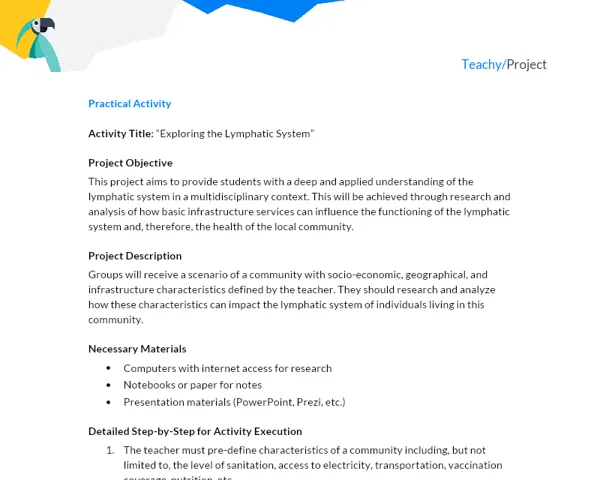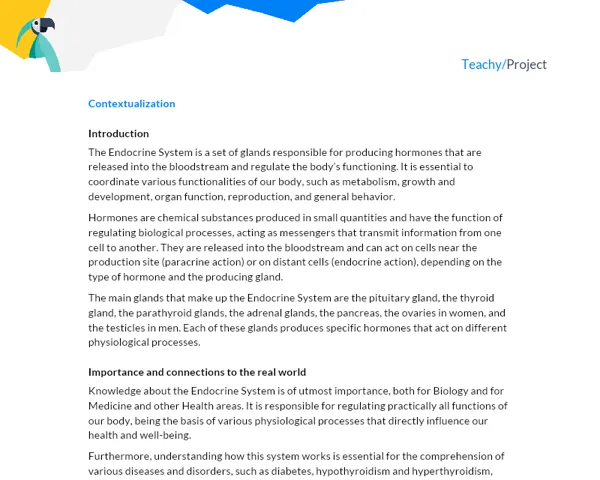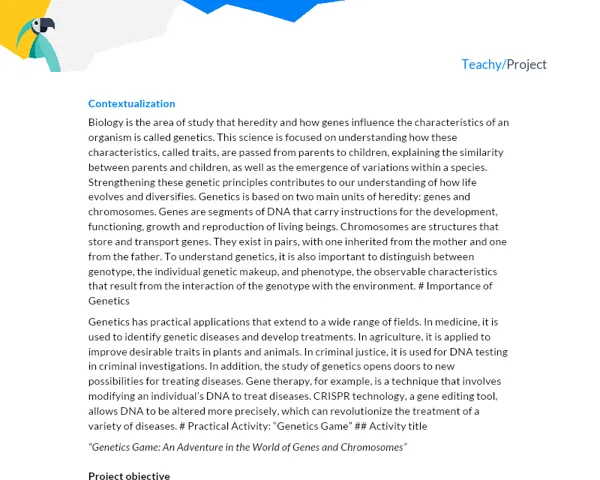Contextualization
Genetics is the study of genes, heredity, and genetic variation in living organisms. Currently, genetics plays an important role in various disciplines such as biology, medicine, psychology, and agriculture.
By learning about the fascinating world of genetics, we can understand how traits are passed from parents to offspring, how genetic variations occur, and how living organisms evolve.
Furthermore, genetics has a direct application in our lives such as in the development of personalized medicines, the analysis of genetic disease risks, and even in the improvement of agricultural crops.
Introduction
We will focus on the study of Mendel's laws, also known as Mendelian genetics. Gregor Mendel was an Austrian monk who, through his experiments with peas, established the foundations upon which modern genetics is based.
Mendel's first law, also known as the Law of Segregation, states that each trait is controlled by two factors (now known as genes) that separate during the formation of eggs and sperm.
Mendel's second law, or the Law of Independent Assortment, states that genes for different traits are randomly assigned to eggs and sperm independently of each other.
To delve deeper into the topic, we suggest the following resources:
- Education Portal for a detailed explanation of Mendel's laws
- Manual do Mundo for a fun and informative video about genetics
- Khan Academy for a complete online course on genetics
Practical Activity
Activity Title: "The Great Genetics Game"
Project Objective
The objective of this activity is to understand Mendel's laws through a playful game, developing not only theoretical knowledge but also teamwork, time management, communication, and problem-solving skills.
Project Description
Students will be divided into groups of 3-5 participants. Each group will receive a set of "genes" represented by pieces of different shapes and colors. The challenge is to create a "generation" of creatures from a set of "parents," using Mendel's laws to determine the gene combination.
Required Materials
- Pieces of different shapes and colors (e.g., Lego pieces).
- Paper and pen to record the results.
- A table with the meaning of colors and shapes (e.g., color can represent the creature's height and shape can represent eye color).
Step by Step
- Each group must define the "parents" of their creature, choosing two pieces that represent the color and height of the creature.
- Then, using Mendel's laws, students must decide the gene combination that the "offspring" creature will receive.
- Students will repeat the process several times to create a "generation" of creatures.
- At the end, students must write a detailed report of their project, describing the entire process, the decisions made, and the results obtained.
Note: The project should be completed within a week, with an estimated working time of two to four hours for each student.
Project and Report Submission
At the end of the activity, each group must submit the "generation" of creatures created and a detailed report that should include:
- Introduction: Contextualization of the theme, relevance and real-world application, project objective, and activity description.
- Development: Explanation of Mendel's theory and the laws that were used, detailed description of the activity, methodology used, and discussion of the results obtained.
- Conclusion: Recap of the main points, lessons learned, and conclusions about the project.
- Bibliography: Sources used for the project (books, websites, videos, etc.).
Remember that the report should be clear, concise, and well-organized, so that the reading is enjoyable and informative.



